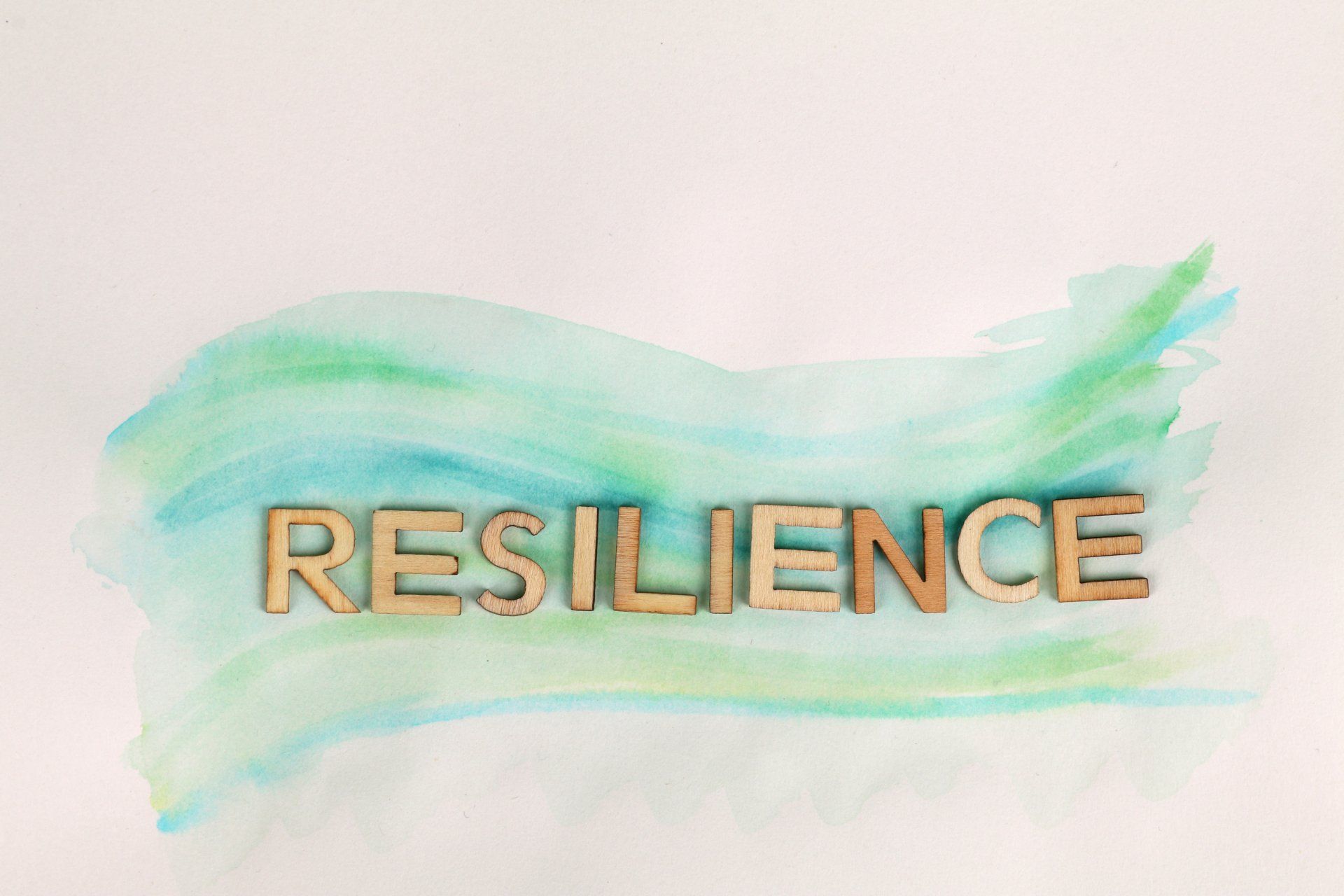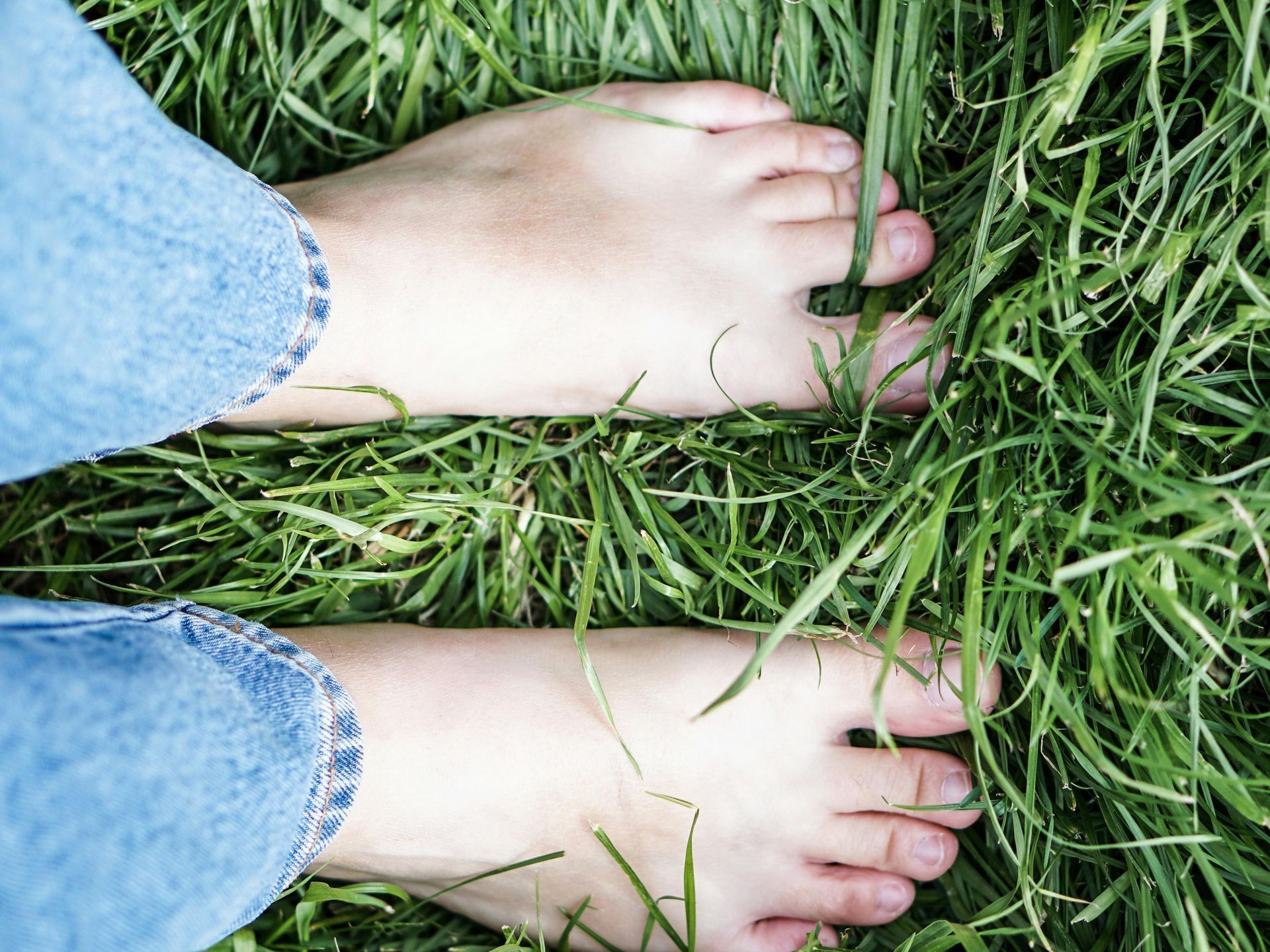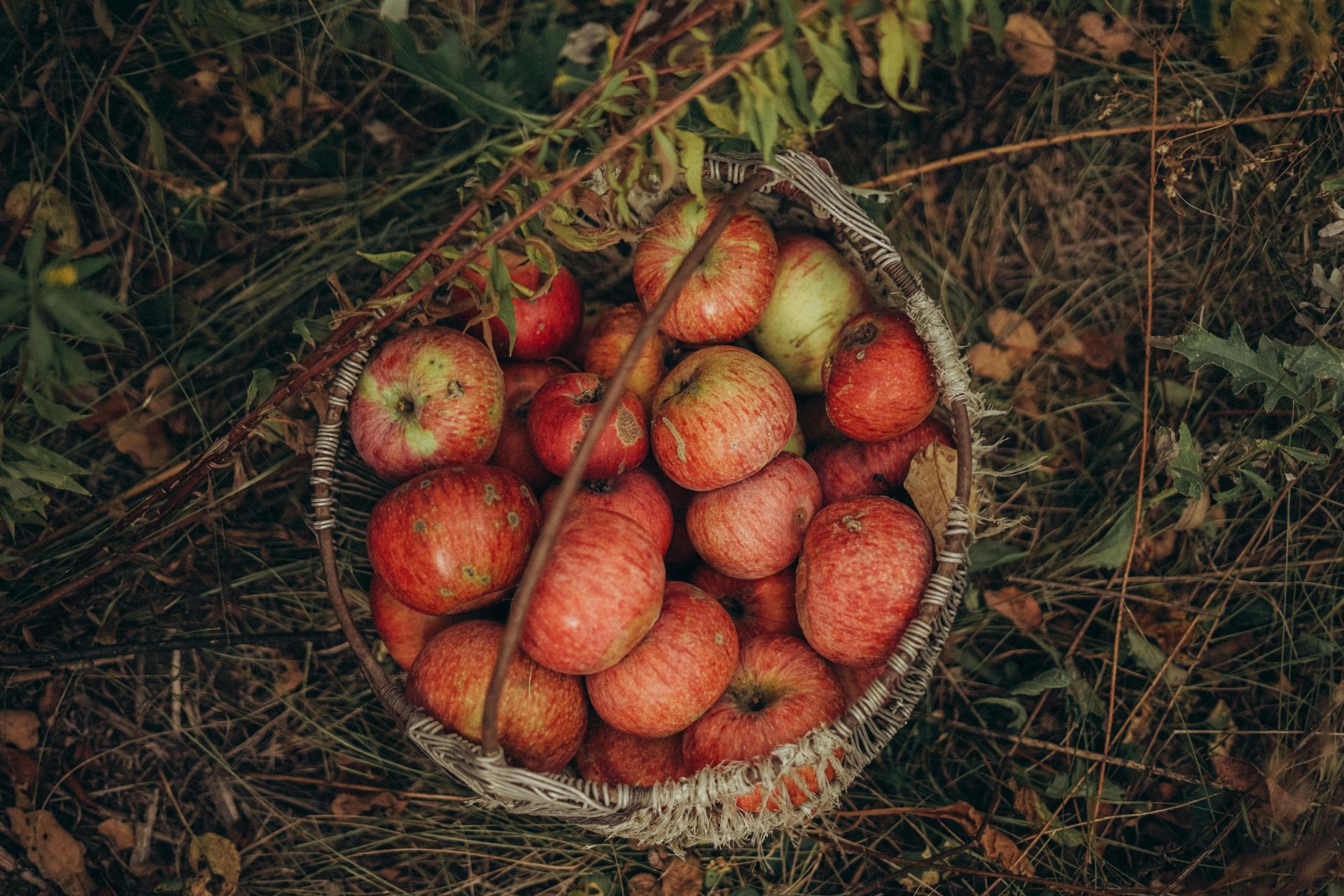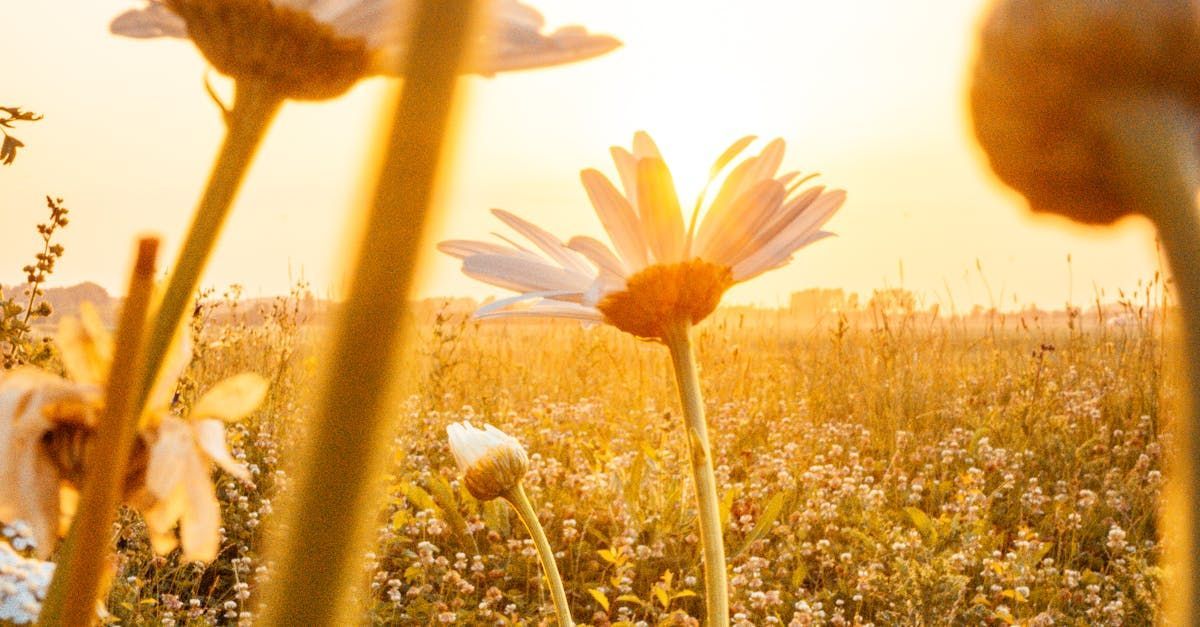
Cultivating Resilience on Your Mat
Embrace the wobble!

This week lets dive into the concept of resilience as it weaves into our practice on the mat.
Resilience, often discussed in yoga circles, embodies the capacity to withstand or recover from adversity. It's not merely a passive state but an active engagement with the present moment, accepting whatever it offers without resistance.
In the hustle and bustle of life, it's easy to lose sight of the "doing" part of resilience. We may find ourselves worn down by the challenges that come our way. Yet, resilience is not about bypassing uncomfortable feelings; it's about feeling them fully, without attaching stories or judgement, and returning to our essence—our body, breath, and heart.
Yoga serves as a powerful tool for building stress resilience, teaching us invaluable lessons about the workings of our minds. When we flow through our practice with ease, it's effortless to maintain calm and happiness. But what about when we stumble, falter, or face unfamiliar poses?
These moments of challenge offer profound insights into our reactions. Do we meet difficulties with frustration and anger, or can we laugh and embrace the uncertainty? Our responses on the mat often mirror how we navigate the ups and downs of life off our mat.
The beauty of yoga lies in its ability to cultivate adaptability and flexibility in the mind, as you may know I often describe our yoga practice as a 'training ground' for our lives.
Each time we confront a new pose or struggle with an old one, our brain is challenged to problem-solve and adapt. This process, fuelled by the principles of novelty and repetition, strengthens our mental resilience, making us better equipped to face stress head-on.
What if we approached our practice with a mindset of embracing uncertainty? Instead of resisting the wobbling and faltering, we could surrender to the flow of the moment. In doing so, we may find our bodies relaxing, our minds embracing the present, and laughter replaces the grimaces.
The next time you step onto your mat, set an intention to observe your reactions to frustration and uncertainty. Allow yourself to be present with whatever arises, knowing that each moment is an opportunity for growth and resilience.
By befriending change and embracing the wobble, we open ourselves to a deeper understanding of ourselves and the world around us and we begin to cultivate resilience not only on the mat but it then ripples out into every aspect of our lives.












